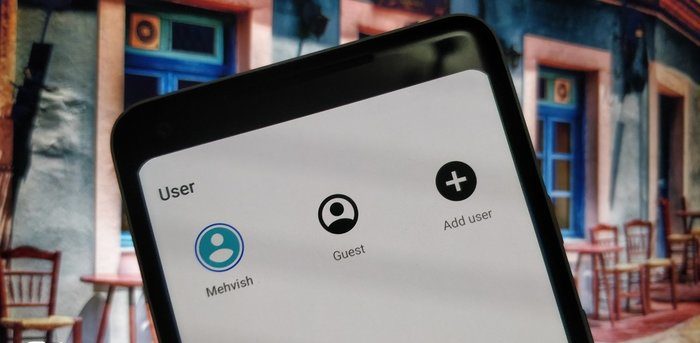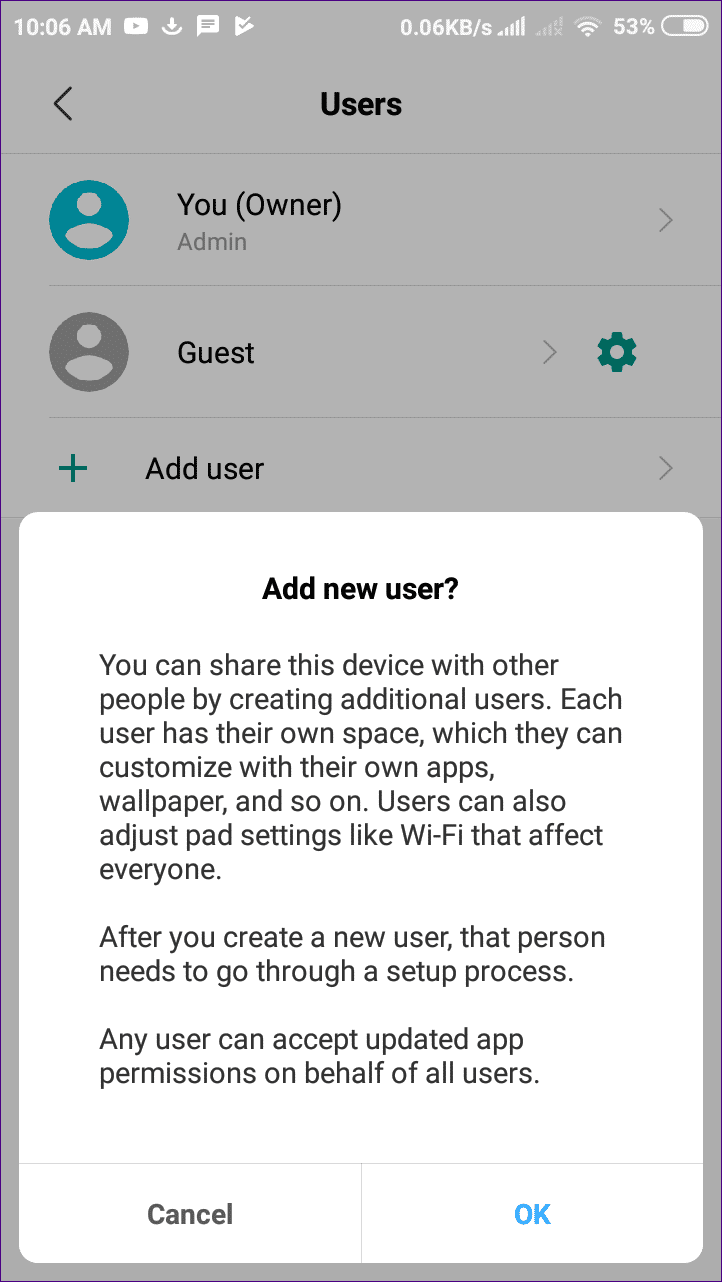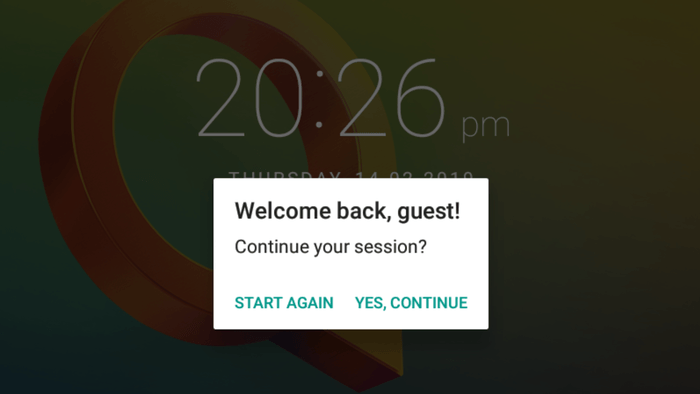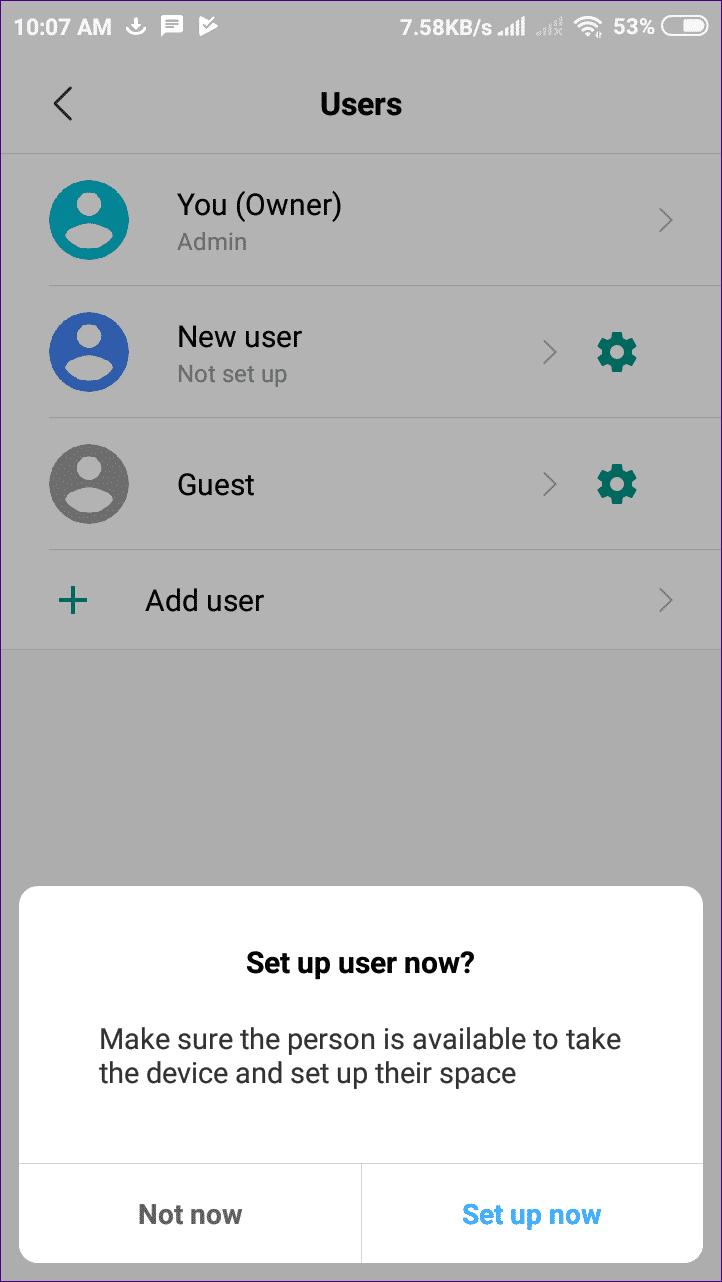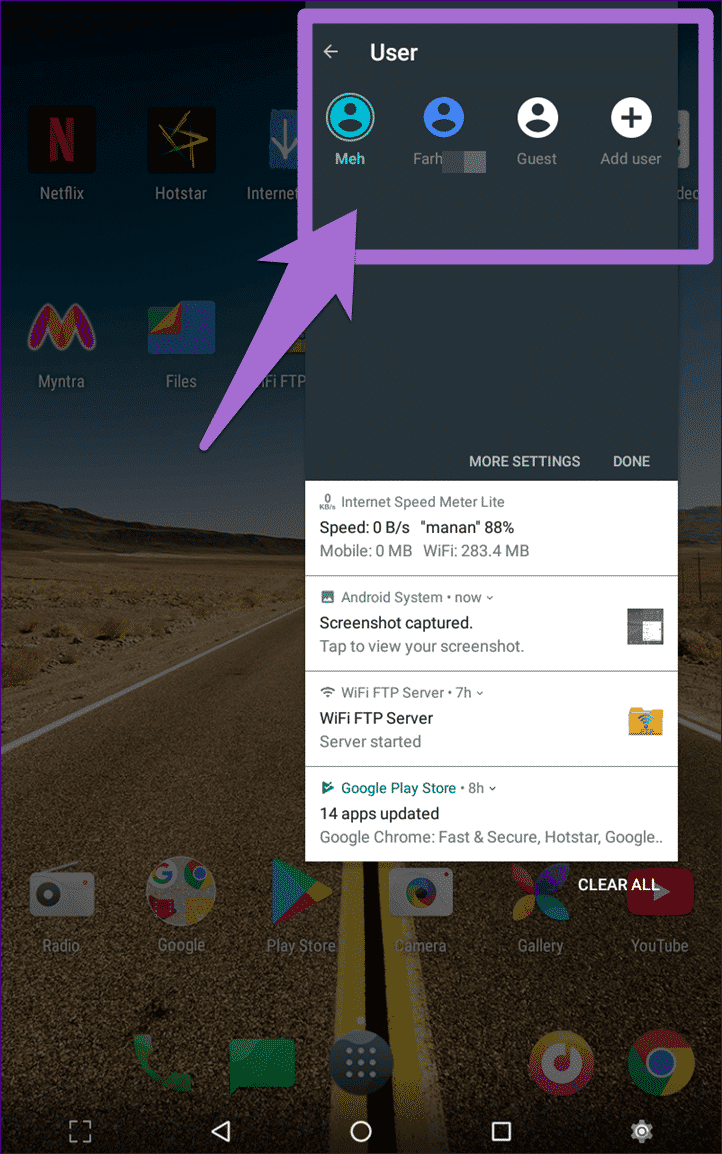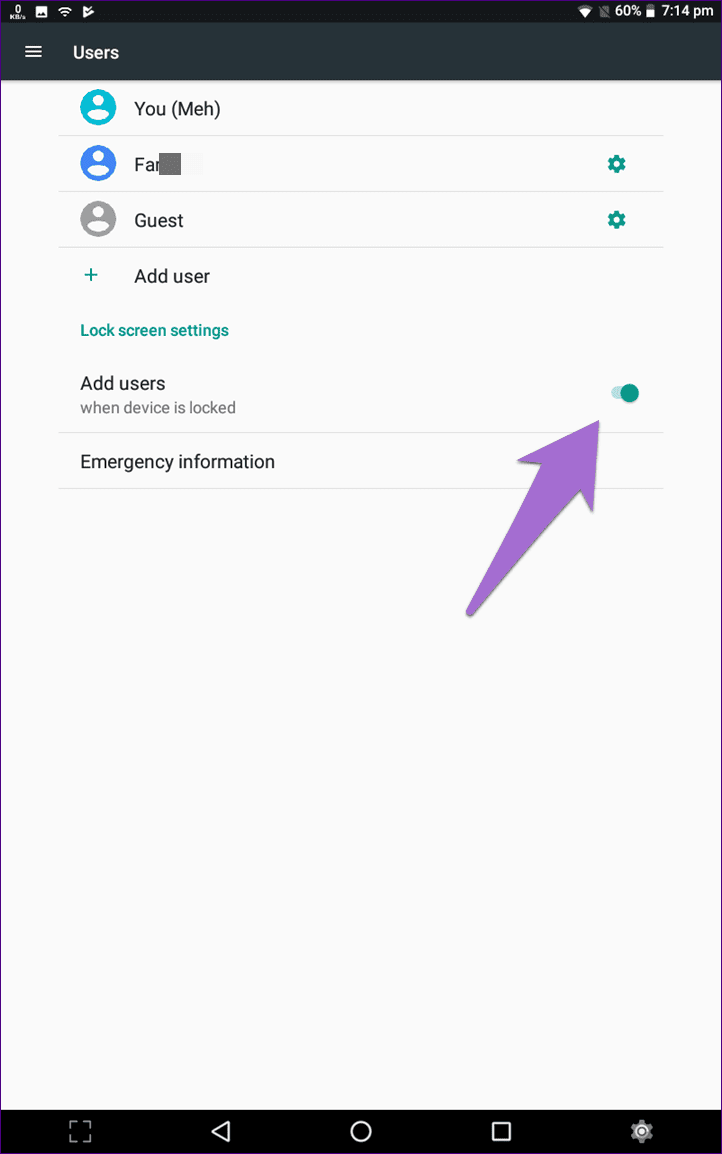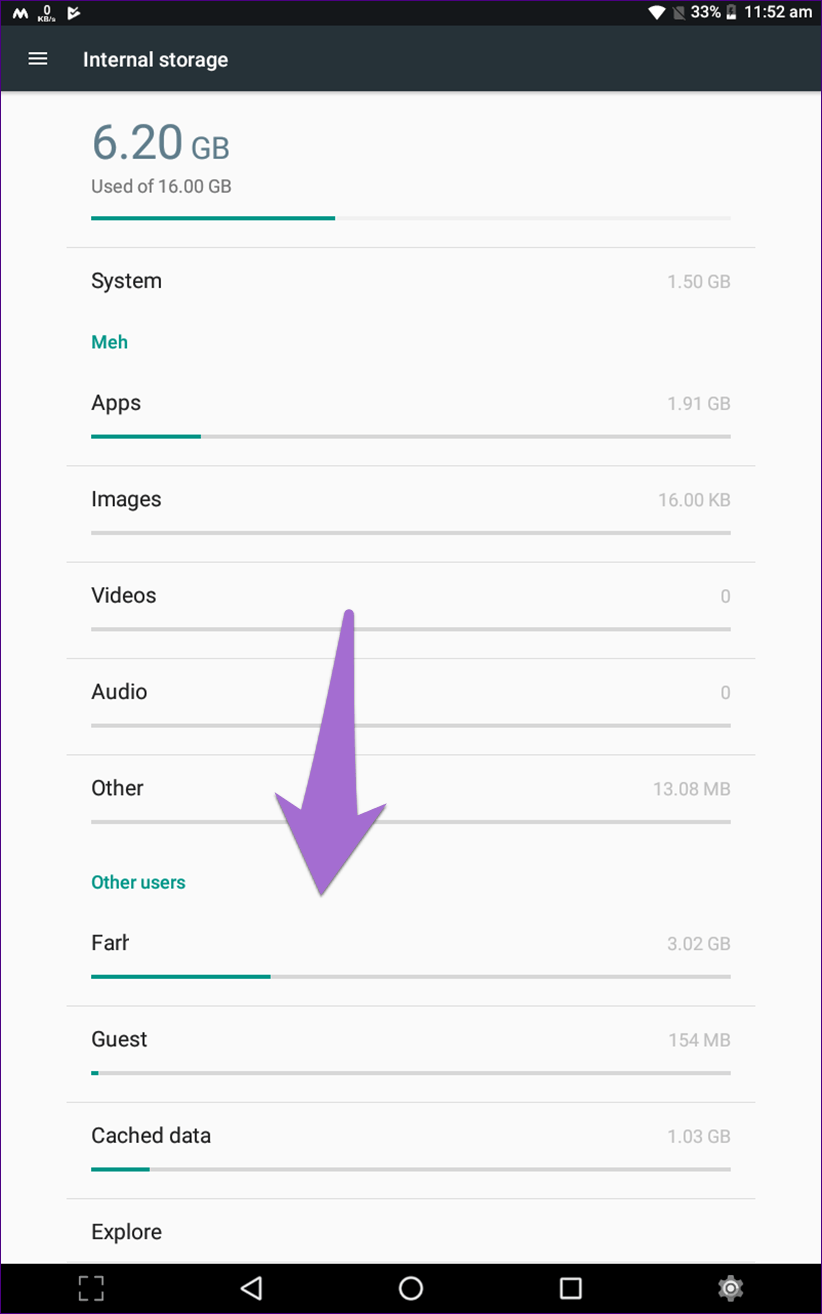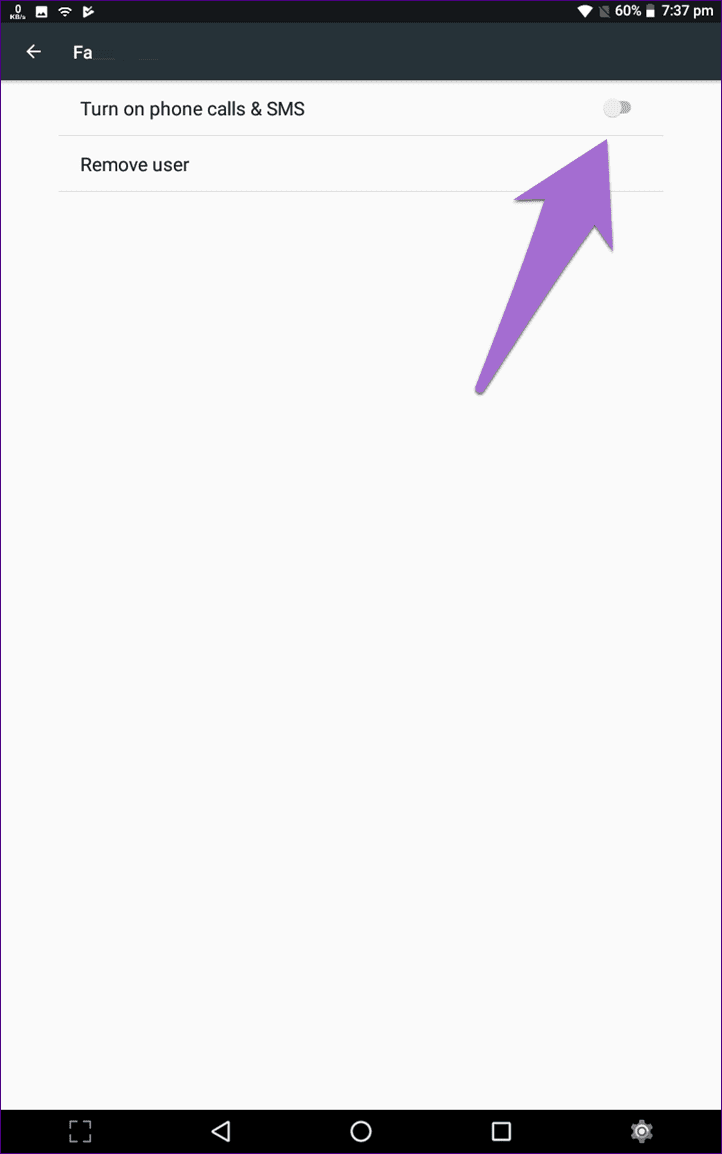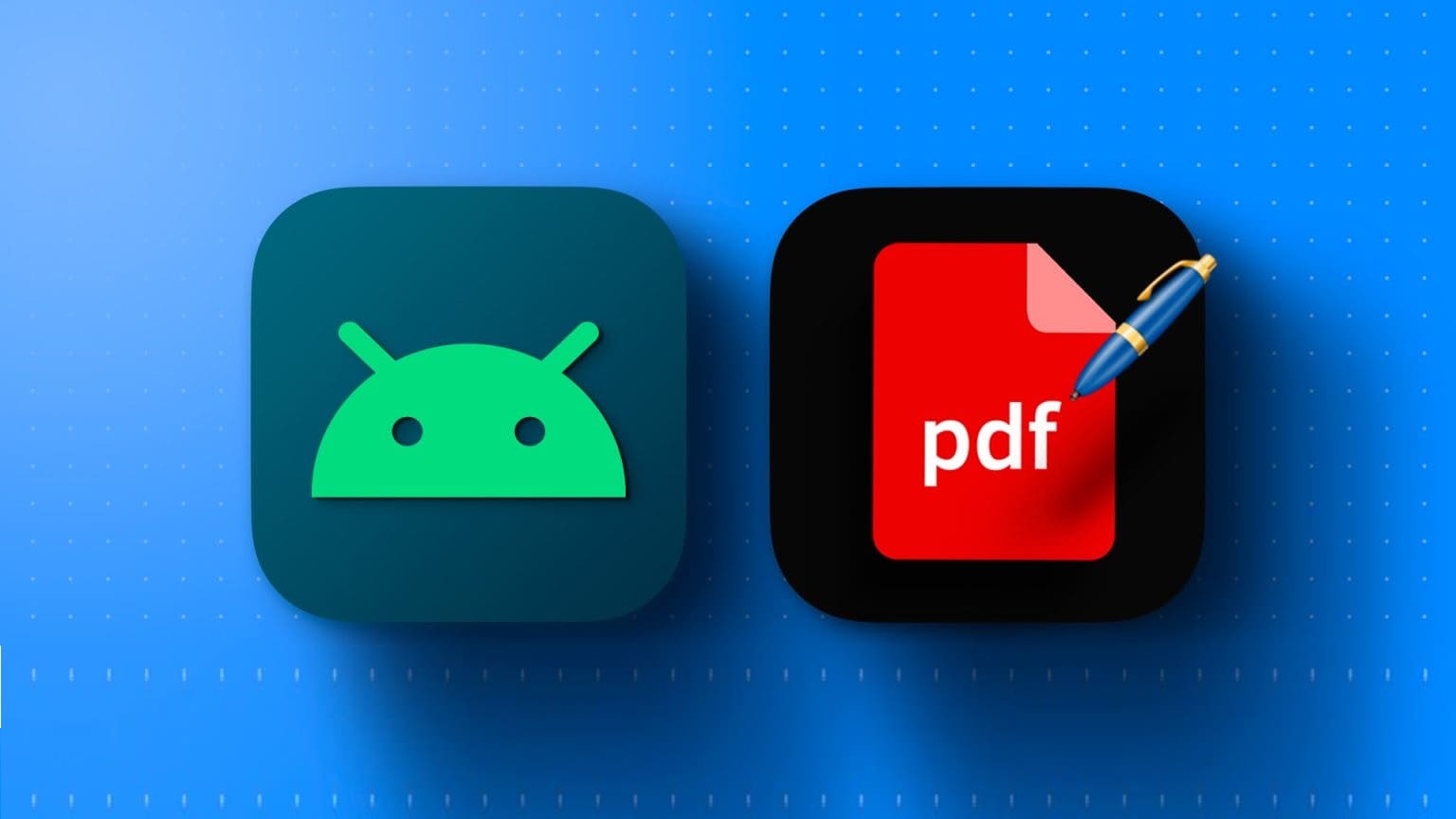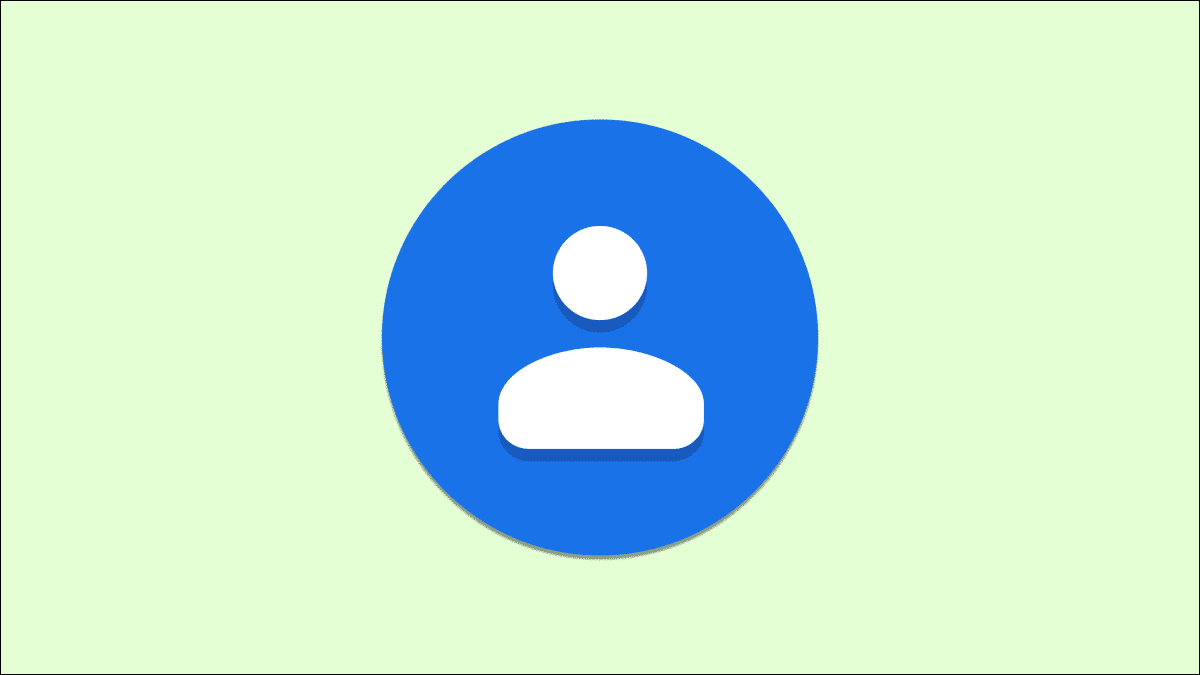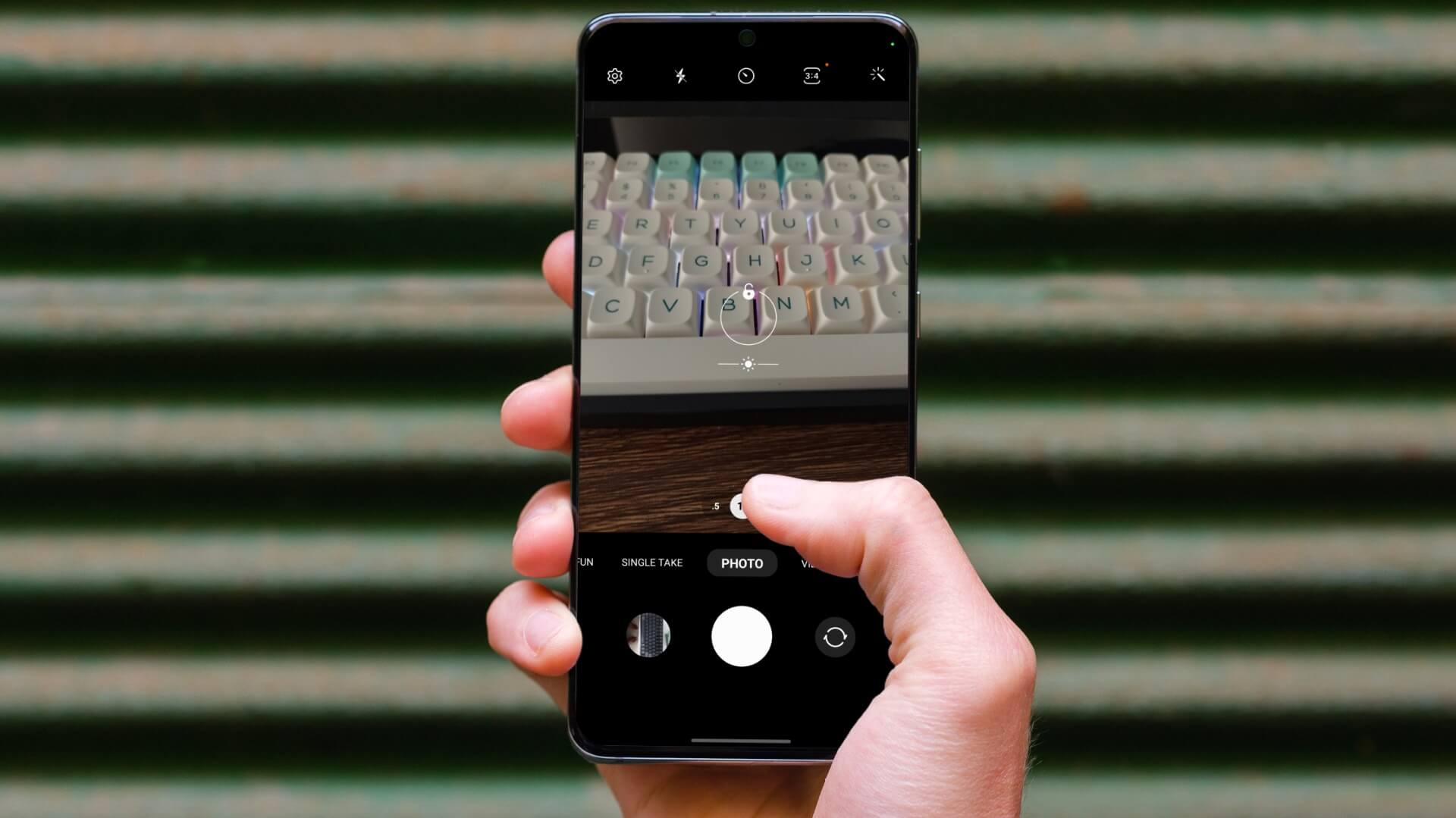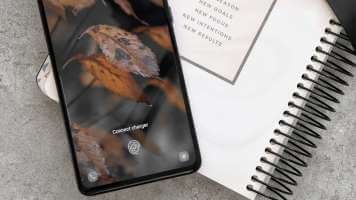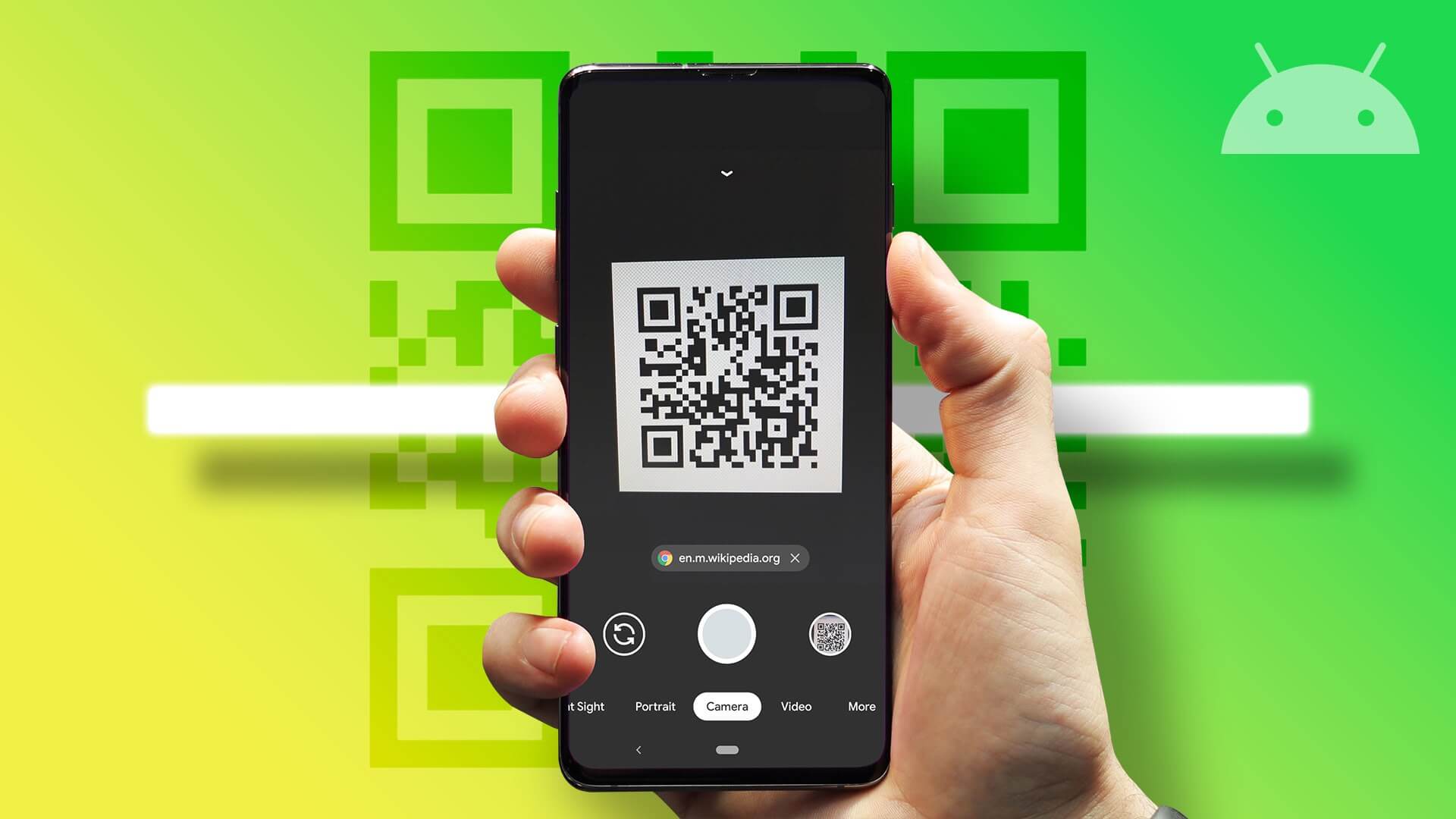Back in the day when owning a computer was a privilege in itself, people shared a single computer where each user had their own profile. For a long time, a similar feature was missing from Android phones, but things changed forever in 2014 when Google introduced multi-user sharing with the Android 5.0 Lollipop update.
Now, this feature is a staple on all Android devices and tablets—and has been reaping its benefits for a long time. So, what is this feature and how does it work on Android? You'll find all the answers here, along with reasons why you should start using it.
Let's get started.
What are multiple user profiles on Android?
User profiles let you share your Android device (phone or tablet) with others without sharing any personal data. Creating a new user or guest profile is similar to creating another user account on your Windows PC. Each user gets an individual space linked to their own Google account, where they have their own home screen, apps, settings, files, and messages.
There are three types of profiles – Administrator (phone owner), Users, and Guests.
What do we have in common and what do we not?
Be careful about the following things because you are sharing them with others:
- App updates for popular apps
- incoming phone calls
- Storage use
- Use of Data
Here are the things that weren't shared:
- Files (photos, videos, music, etc.)
- Installed apps
- App data like chats, history, etc.
- Notifications
- short message
- Uninstall apps
- Contacts and call history
For example, if you install Netflix on your profile, it won't be available on other profiles. However, if another user also installs Netflix, both of you will be able to update the app. However, this doesn't mean your Netflix viewing history will be available to other users. Similarly, uninstalling Netflix from your profile won't uninstall it from other users.
Now that you know a little about multiple user profiles, here are 11 reasons to use them.
1. Enjoy your own space
Let's say you love watching TikTok compilation videos on YouTube. Now imagine when your friend checks YouTube on your phone and they see "Top TikTok Videos" in the suggestions. You get the hint. I wouldn't wish that kind of embarrassment on even my enemies.
With multiple users, you are saved from these embarrassing moments as all your data (documents, videos, music, chats, etc.) including synced app data is separate for each profile.
2. Keeping your data safe
If you have younger siblings or children, they often tap on your phone to play a game or watch a YouTube video. While that's perfectly normal, phones nowadays contain valuable data. Any accidental tap can cause us to lose valuable content.
Although Android phones have an app installation feature, it's not entirely useful because it's easy to abandon it and use other apps. However, with multiple users, all your data is free from the small, dangerous hands of new profiles, and they won't be able to access your data.
3. Lock your content
What's the point of using multiple profiles if you can't secure them? Android phones and tablets offer multiple ways to lock your screen, such as a pattern, PIN, and password. Each user can choose a different unlock method to keep their data safe from prying eyes.
4. Be a guest
User profiles are useful when a family member or friend regularly uses your phone. What about situations when you need to share your phone for a short period? Guest profiles are for users who use your phone only once, so you don't need to create another space.
Similar to user profiles, guest profiles have a separate space with no access to any of your data (installed apps, photos, videos, messages, etc.).
Guest profiles have several advantages over regular user profiles. First, they're easier to delete temporarily and start over as a new guest.
Second, guests can easily remove themselves once they're done using their phone. This feature can be handy when you want to use someone's phone for a short time.
5. Content Restriction
Both user and guest profiles lack admin control over anyone using the phone, and are free to browse any website, install apps, watch mature content, etc. What if we want to restrict usage to a few apps or disable browsing for children? For such cases, you can benefit from restricted profiles.
With this, you can control which features and content a profile is allowed to access. This feature is limited to the Nexus family of tablets only.
6. Don't let time stop.
Non-guest users need to add their own Google account to set up their user profile. Sometimes, the user we're creating a profile with isn't one, so adding a Google account can be a hassle, but that doesn't mean you can't maintain a ready-made profile.
When creating a new user, you'll be asked whether you want to set up the account immediately or later. Click Not Now. Doing so will create a user profile, but the user can set it up later.
7. Switch appearance easily
Anytime someone asks for your phone, you don't have to dig through settings to switch profiles, as you can quickly do it from any screen or even the lock screen.
To do this from any screen, swipe down from the top to open the notification panel. Tap the small user icon here and select a different user profile.
To switch profiles from the lock screen, tap on the user icon usually located in the top right corner.
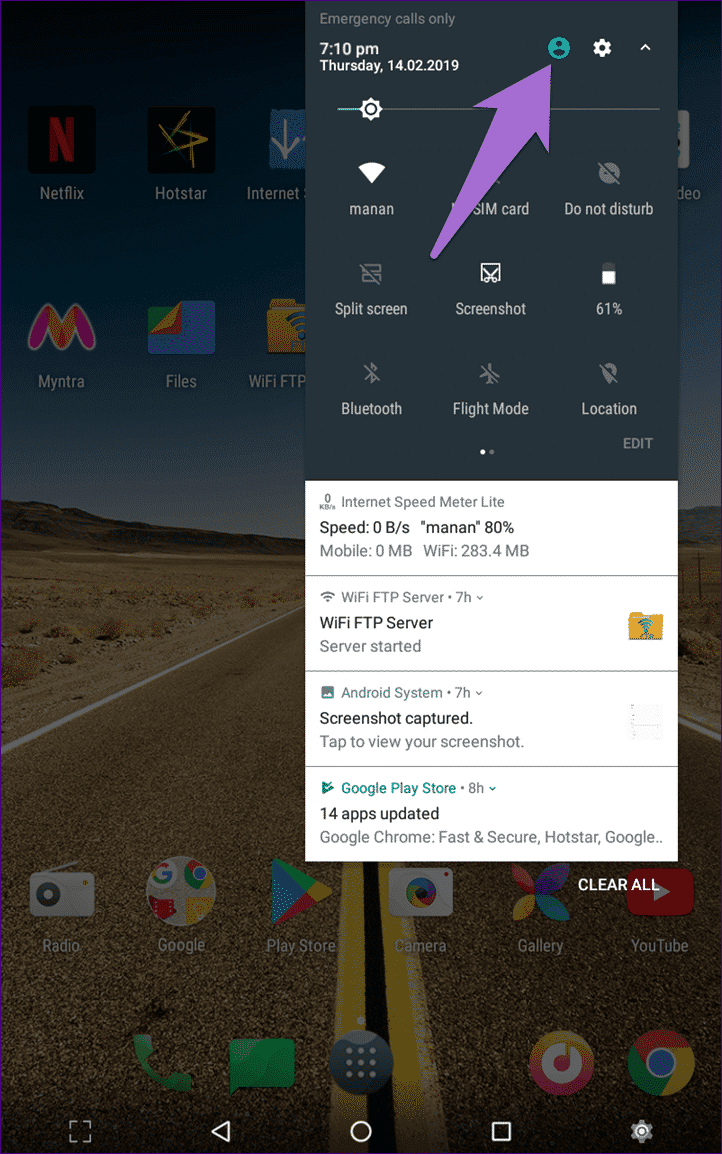
8. Add users from the lock screen
Not only can you switch between profiles from the lock screen, but you can also add users directly to them.
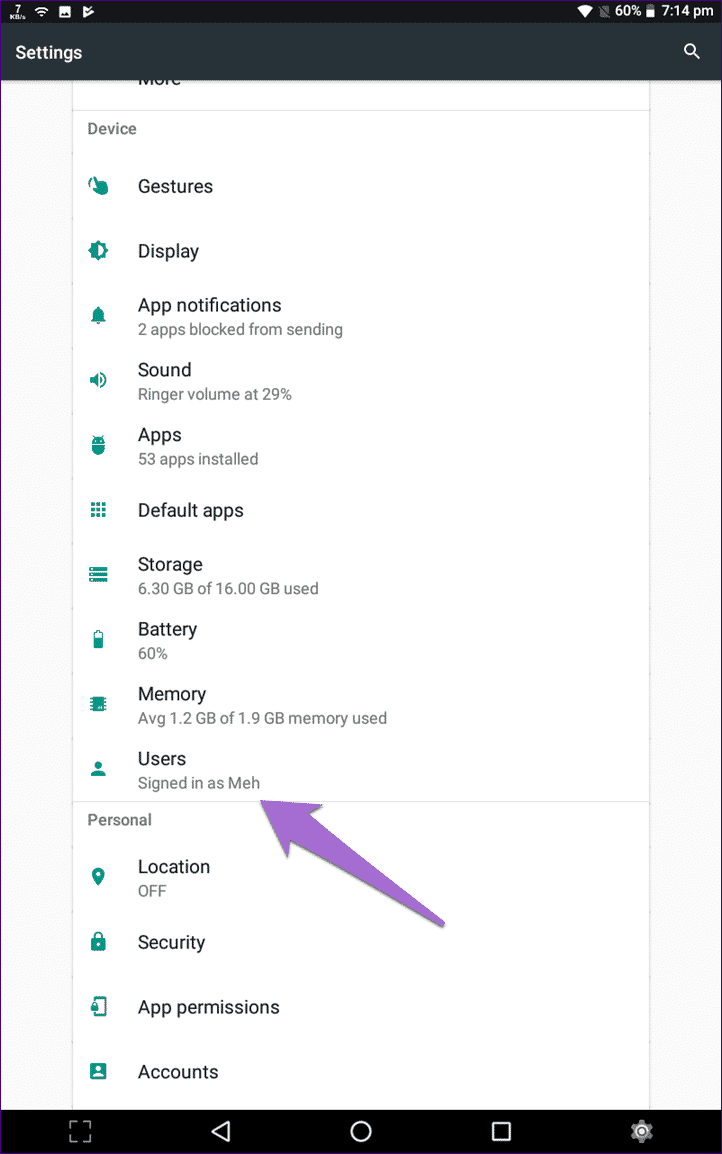
Therefore, you must first enable the Add Users from Lock Screen setting. The setting's location may vary. On some devices, it's located under Settings > Security & Location > Lock Screen Preferences, and on other devices, you'll find it under Settings > Users.
9. Display storage and data
Although profiles have their own individual space, they share the same device storage. Therefore, if your device has 6GB of free storage and you add a 1GB movie, the total available space for all users will be reduced to 5GB.
Now, if your device is running low on memory, you might think it would be confusing to find out which owner is using the most storage. However, this isn't the case for users, as they can easily check how much space other users are using. To do this, go to Settings > Storage. You'll find details from different profiles under Other Users.
Similarly, you can check other users' Wi-Fi and mobile data usage under Settings > Data usage.
- Note: Users can only check the amount of storage, not the actual content.
10. Restrict calls and text messages
By default, user profiles can only receive calls. They cannot make calls or send or receive text messages. Any text messages received when a different profile is registered will be displayed to the phone owner upon login. However, if the phone owner wishes, they can enable phone calls and text messages for each user profile separately.
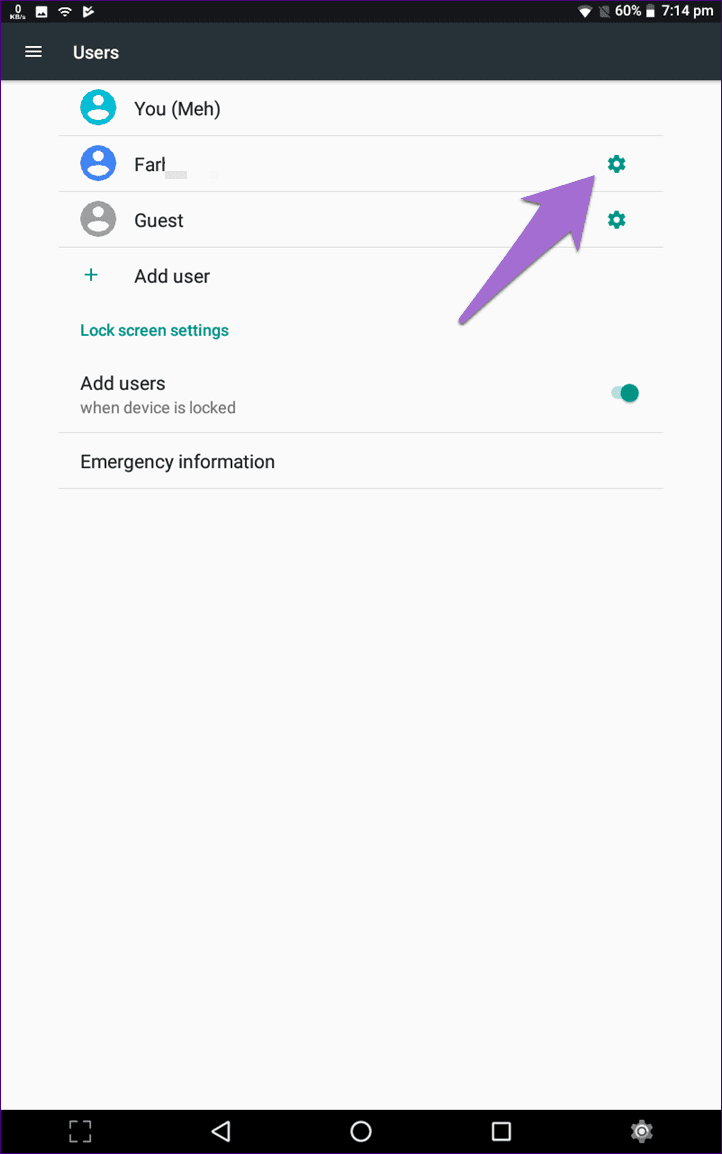
So, go to Settings > Users. Tap the gear icon next to your username. Then, enable the toggle for Turn on phone calls and text messages.
11. The official has the highest authority.
Users and guest profiles cannot create or add users. Power lies solely with the phone owner. So you don't have to worry about a user creating a new profile.
The first day of the week
As you can see, each profile occupies separate space for both apps and files. Therefore, more users will result in less storage space, which in turn affects device performance. Furthermore, all profiles run simultaneously in the background, which also affects the overall performance of the device. Therefore, be careful and do not create too many profiles.
